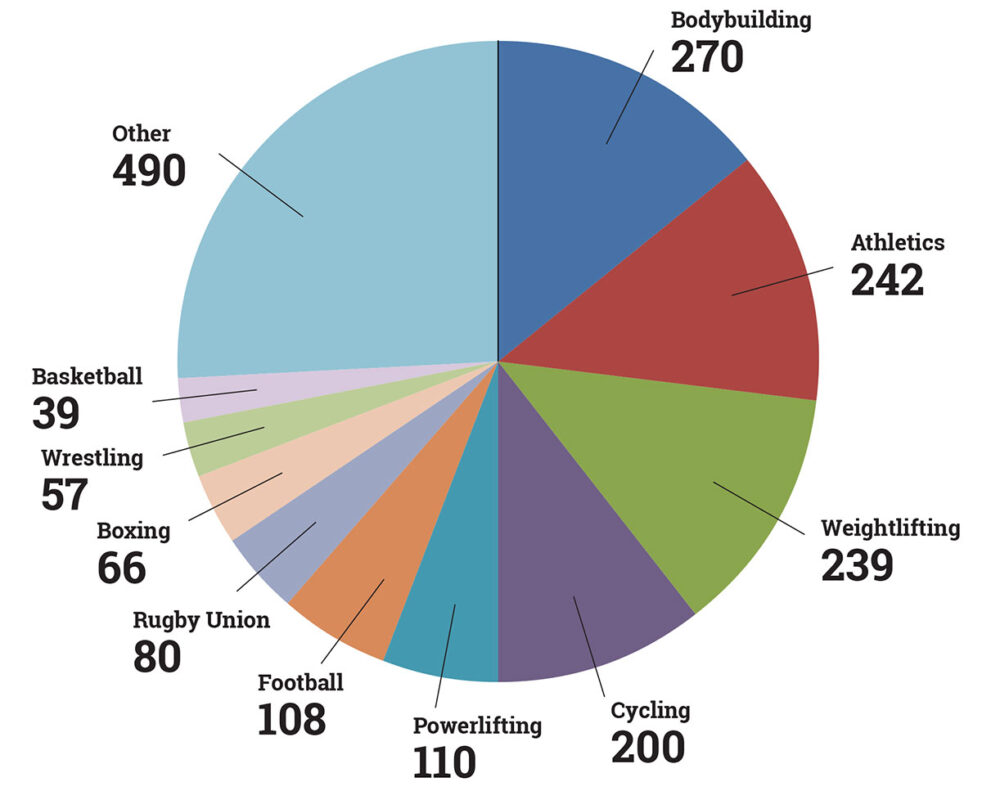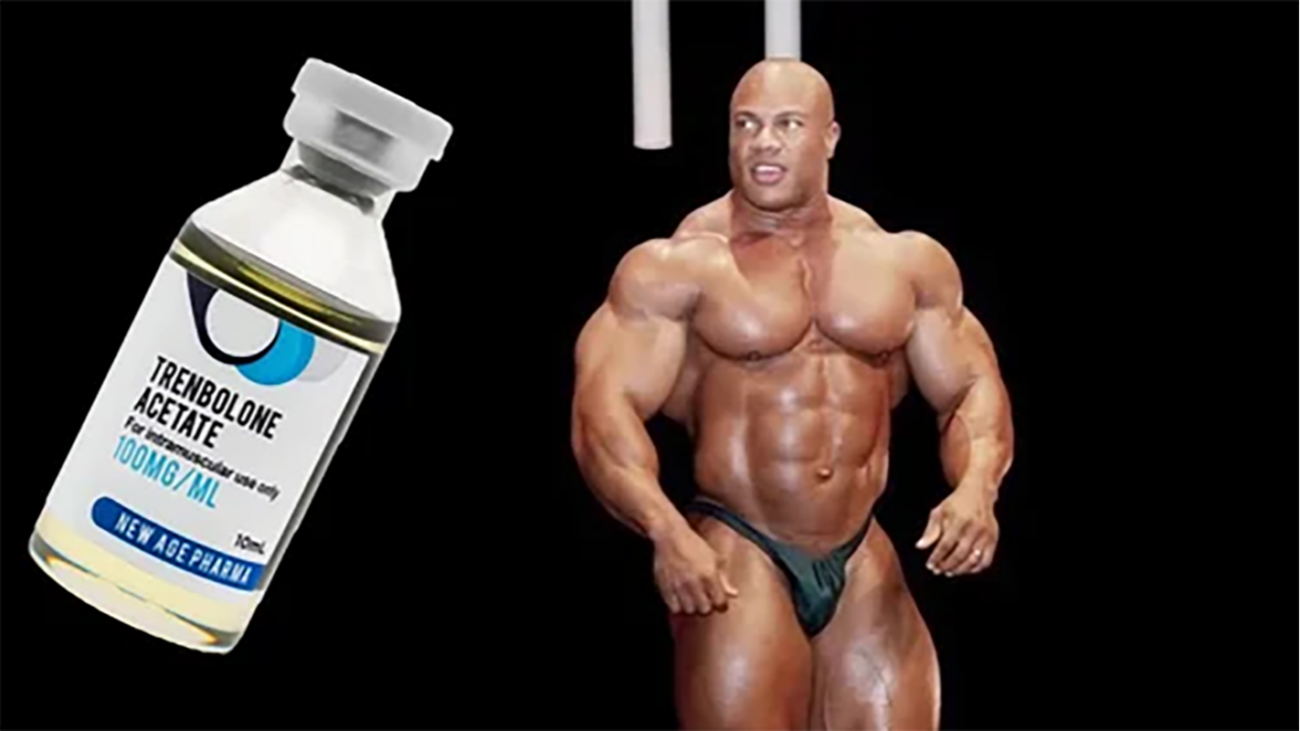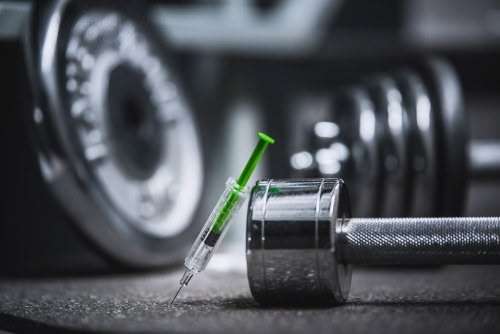Anabolic Steroids: History and Evolution of Anabol

Did you know that the first anabolic steroid was developed in the 1930s? Since then, the journey of anabolic steroids has been filled with fascinating developments and controversial discussions. The history and evolution of anabolic steroids: from Anabol to today is not just a tale about drugs; it’s about science, sports, and society. Understanding this history can help us navigate the ongoing debates around their use and impact.
In this article, we will explore the origins of anabolic steroids, their rise to popularity, the controversies surrounding them, and where they stand today. By the end, you’ll gain valuable insights into how these substances have transformed over the decades and their implications in modern-day life. So, let’s dive in!
The Birth of Anabolic Steroids
Early Discoveries

The story begins in the early 20th century. Researchers were intrigued by hormones and their effects on muscle growth. In 1935, two scientists, Carl Ernst Huggins and Robert G. McGowan, discovered that injecting male dogs with hormones could enhance their muscle mass. This was a breakthrough moment.
But it wasn’t until 1939 that the first anabolic steroid, testosterone, was synthesized. This synthesized form allowed for more controlled studies and usage. Doctors soon recognized its potential to treat various conditions like muscle wasting and delayed puberty.
Introduction to Sports
The 1950s marked a significant turning point. Athletes began to take notice of the performance-enhancing effects of anabolic steroids. Bodybuilders were among the first to adopt these substances. They sought out any edge they could get in competitions, pushing the boundaries of physical performance.
The Soviet Union’s weightlifting team famously used steroids to gain an advantage over their competitors during the 1956 Olympics. This event set a precedent, leading to widespread use among athletes across various sports.
The Rise and Popularity
The 1960s and 70s
As the word spread about anabolic steroids, their popularity soared. By the 1960s, many athletes were using them, believing they were a key to success. The results were undeniable: increased strength, endurance, and recovery times.
However, this surge in popularity also raised ethical questions. Is it fair to use substances that artificially enhance performance? As debates began, so did legislation. In 1972, anabolic steroids were classified as controlled substances in the United States.
The 1980s: Regulation and Controversy
The 1980s brought more scrutiny. The Anti-Drug Abuse Act of 1988 classified anabolic steroids as a Schedule III drug. This made it illegal to possess or distribute them without a prescription. The government aimed to combat the rising abuse in sports and recreational use.
Despite these regulations, athletes continued to seek ways to obtain steroids. This led to a black market where users could purchase these substances without medical oversight. The risks associated with unregulated use became a significant concern.
Modern-Day Use and Issues
The Current Landscape

Today, anabolic steroids are still prevalent in sports and bodybuilding communities. Many athletes continue to use them despite knowing the risks involved. The health consequences can be severe, including liver damage, hormonal imbalances, and psychological effects.
But it’s not just athletes; recreational users also look for shortcuts to achieve their fitness goals. Social media has played a role in this by glamorizing steroid use through influencers and fitness accounts.
Finding Reliable Information
With so much misinformation out there, it’s crucial to find credible resources about anabolic steroids. Here are some good Twitter accounts to follow for accurate information:
- @DrJohnDoe: A medical expert discussing the health impacts of steroid use.
- @FitnessFacts101: Provides evidence-based fitness tips and insights.
- @SportScienceNews: Shares recent studies and findings related to sports science.
These accounts can help you navigate the complexities surrounding anabolic steroids and make informed decisions about health and fitness.
The Ethics of Anabolic Steroids
A Double-Edged Sword
The debate over anabolic steroids is ongoing. On one side, they can benefit individuals with medical conditions that affect muscle mass. On the other hand, the potential for abuse raises ethical concerns in sports and general fitness communities.
Athletes who use steroids often face harsh penalties if caught. Records can be stripped away, and reputations tarnished. Yet, the desire to succeed can push many to take the risk anyway.
Personal Stories
I recently spoke with a former athlete who shared his experience with anabolic steroids. He initially used them to recover from injuries faster but later found himself dependent on them for performance. His story highlights how easy it is to start down a slippery slope when pursuing excellence.
Moving Forward: Awareness and Education
The Importance of Knowledge
Understanding the history and evolution of anabolic steroids is vital for anyone interested in fitness or sports. It’s essential to weigh the benefits against potential health risks critically.
By educating ourselves about these substances, we can make more informed choices about our bodies and our health.
Your Turn
Now, I challenge you! Consider where you stand on the topic of anabolic steroids. Are you for their medical use? Or do you believe they should remain banned in sports?
Take a moment this week to reflect on this issue. Perhaps even discuss it with friends or fellow athletes. Share your thoughts in the comments below about your chosen strategy or any insights you’ve gained!
Conclusion
The history and evolution of Anabolic steroids: from Anabol to today is a complex tale filled with scientific discovery, ethical dilemmas, and personal journeys. By understanding this history, we equip ourselves to make better decisions regarding our health and fitness goals.
Whether you’re an athlete or simply someone looking to improve your physical performance, being informed is your best asset. Remember, knowledge is power!










